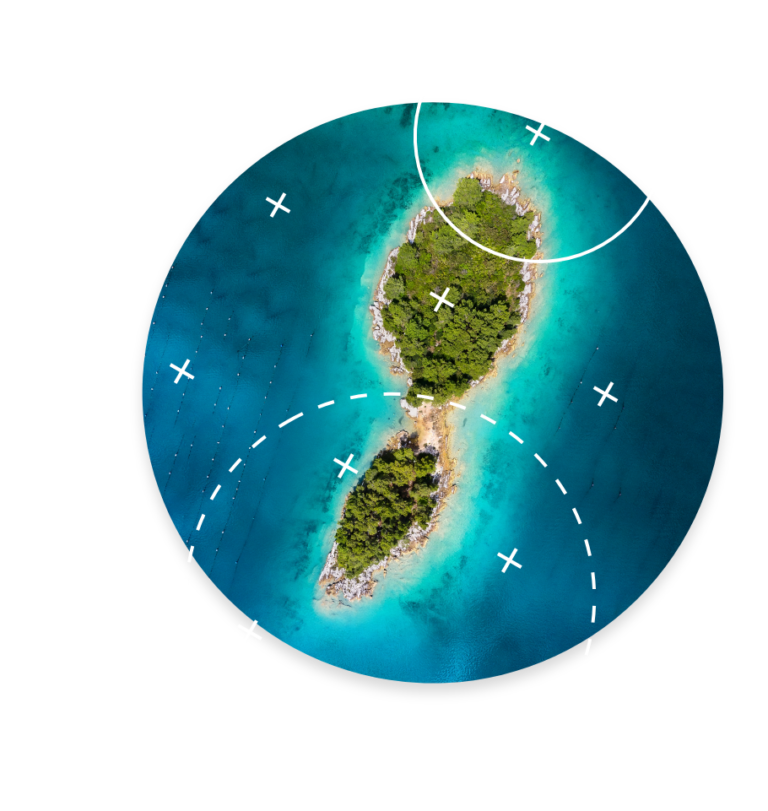
Why do we need it?
Through its developments and use cases, BLUERISM objective is to impulse for a tourism sustainable and respectful of the environment, by promoting the development of tourism activities in line with the UNEP’s ‘Sustainable Blue Economy Initiative.
Use cases
Macroplastic
Sargassum
Mucilages
Water quality

Macroplastic
The Macroplastic Monitoring for Public Awareness use case aims to address the growing problem of plastic pollution along the coast of Genoa, Italy, by integrating Earth Observation (EO) technologies, artificial intelligence and community engagement.
Macroplastic waste, such as discarded bottles, packaging and fishing debris, poses a significant risk to marine ecosystems, water quality and tourism. Tackling this challenge requires a combination of advanced monitoring techniques and public awareness campaigns.
This project uses a multi-source data fusion system that combines different monitoring approaches to detect and track macroplastic debris in real time. Fixed CCTV cameras provided by the Municipality of Genoa continuously monitor beaches and identify the presence of plastic debris. Satellite-based observations from high-resolution optical sensors complement this system by detecting plastic waste floating on the water surface. Machine learning and AI algorithms process this data, automating the detection and classification of macroplastics to improve the accuracy of the monitoring.
A key component of the initiative is public engagement through crowdsourcing, allowing tourists and local communities to contribute by reporting plastic sightings. This participatory approach raises awareness and encourages individuals to take an active role in maintaining a cleaner coastal environment.
The data collected through these monitoring systems helps local authorities to carry out targeted clean-up operations, ensuring more effective management of plastic waste. By raising awareness among tourists and residents, the initiative promotes a cultural shift towards reducing plastic pollution. In addition, the programme aligns with Genoa’s commitment to plastic-free beaches, integrates monitoring data into sustainable coastal management strategies, supports sustainable tourism, and contributes to a healthier and cleaner coastal environment.
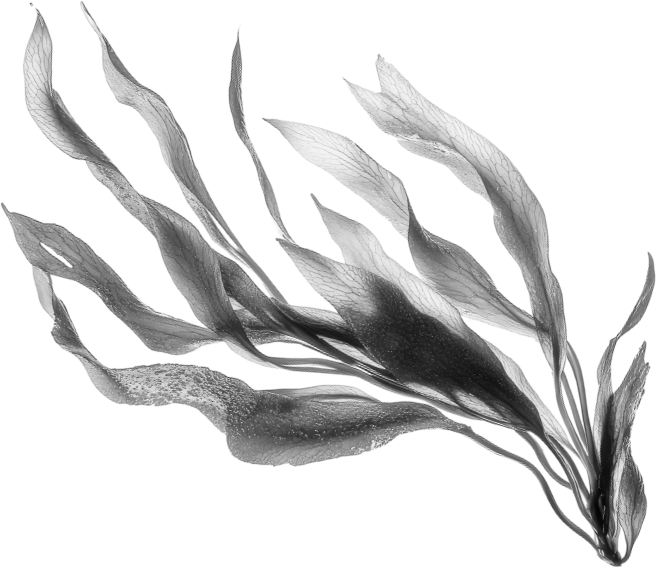
Sargassum
The Sargassum Alerts for Beach Preservation use case aims to address the growing challenge of Sargassum seaweed accumulation on beaches in Barbados and the wider Caribbean.
Sargassum influxes have increased in frequency and intensity, disrupting tourism, marine biodiversity and coastal infrastructure. By integrating Earth Observation (EO) technologies, this use case enhances the ability to detect, model and predict sargassum movements, providing actionable insights for local authorities and businesses.
The system uses satellite imagery (Sentinel-2, Sentinel-3, Landsat, MODIS and GOES), AI-based detection models and drift modelling to generate high-level indicators. It delivers real-time alerts through mobile applications and user-friendly interfaces, ensuring that non-EO users can access and benefit from the data. These alerts provide critical details such as sargassum presence, surface area, volume estimates and predicted beach landings, enabling early intervention.
For this use case we are still looking for users to partner with, so get involved and reach out to the team!
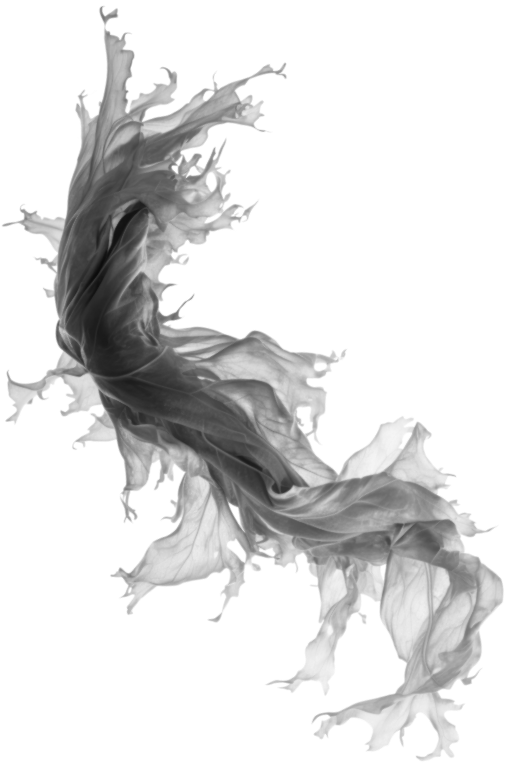
Mucilages
The Mucilage Detection & Alert use case addresses the growing environmental challenge of mucilage formation in coastal waters, particularly in the Veneto region, Italy.
Mucilage is a gelatinous organic substance that forms as a by-product of algal and phytoplankton growth, often associated with eutrophic conditions and harmful algal blooms (HABs). These formations pose significant environmental and economic risks, affecting marine biodiversity, water quality, fisheries and coastal tourism.
This use case uses Earth Observation (EO) technologies, integrating satellite imagery, data analysis and AI-driven models to detect and monitor mucilage formations. By providing early warnings, the system supports local authorities such as the Regional Environmental Protection Agency (ARPA) of Veneto in implementing proactive management measures. These actions include real-time alerts, targeted clean-up efforts and strategies to reduce nutrient pollution, a key driver of mucilage outbreaks.
By using EO-based monitoring, this use case enhances the sustainability of the Blue Economy, ensuring that marine and coastal ecosystems remain resilient while minimising disruption to key industries such as tourism and fisheries.
For this use case we are still looking for users to partner with, so get involved and reach out to the team!
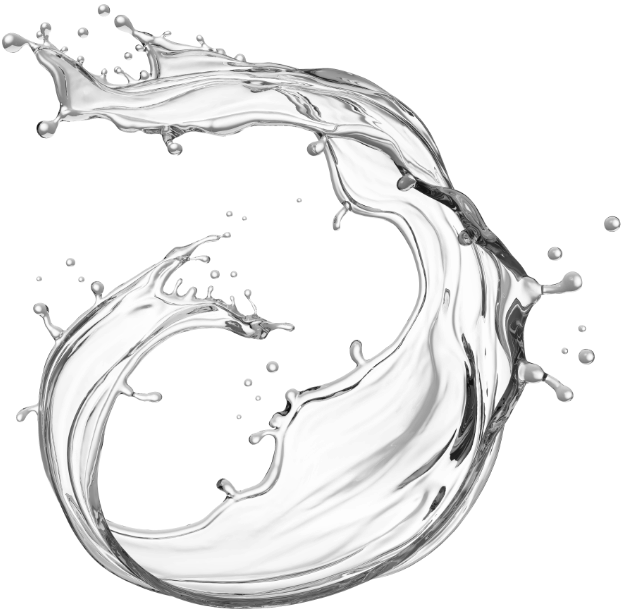
Water quality
The Water Quality Monitoring for Underwater Activities use case aims to support divers and underwater enthusiasts by providing accurate, real-time water quality assessments for optimal diving conditions in the Baltic Sea/Bay of Flensburg, Germany and the Lake Banter, Germany.
Water clarity and quality are crucial factors for a successful dive, as poor visibility and high turbidity can affect safety, marine exploration and underwater photography.
This initiative integrates Earth Observation (EO)-based processing chains to automatically retrieve key water quality parameters such as Secchi depth, turbidity, chlorophyll a concentration, sea surface temperature and yellow substances. These indicators help to determine dive suitability at specific sites by providing a data-driven assessment of underwater conditions.
By analysing trends in water quality, the system provides a decision support tool for divers, helping them to plan their trips based on optimal visibility conditions. This ensures a better and safer diving experience by reducing the likelihood of poor underwater conditions that could compromise safety or reduce visibility for marine observation.
The use case is explored together with the German Association of Scuba Divers (VDST) to improve underwater recreation while promoting sustainable marine exploration. By enabling divers to make informed decisions, this initiative not only supports diving tourism, but also contributes to a better understanding of environmental changes in marine ecosystems. The use of EO-based monitoring solutions bridges the gap between scientific advances and real-world applications, helping the diving community navigate underwater conditions with greater confidence and accuracy.
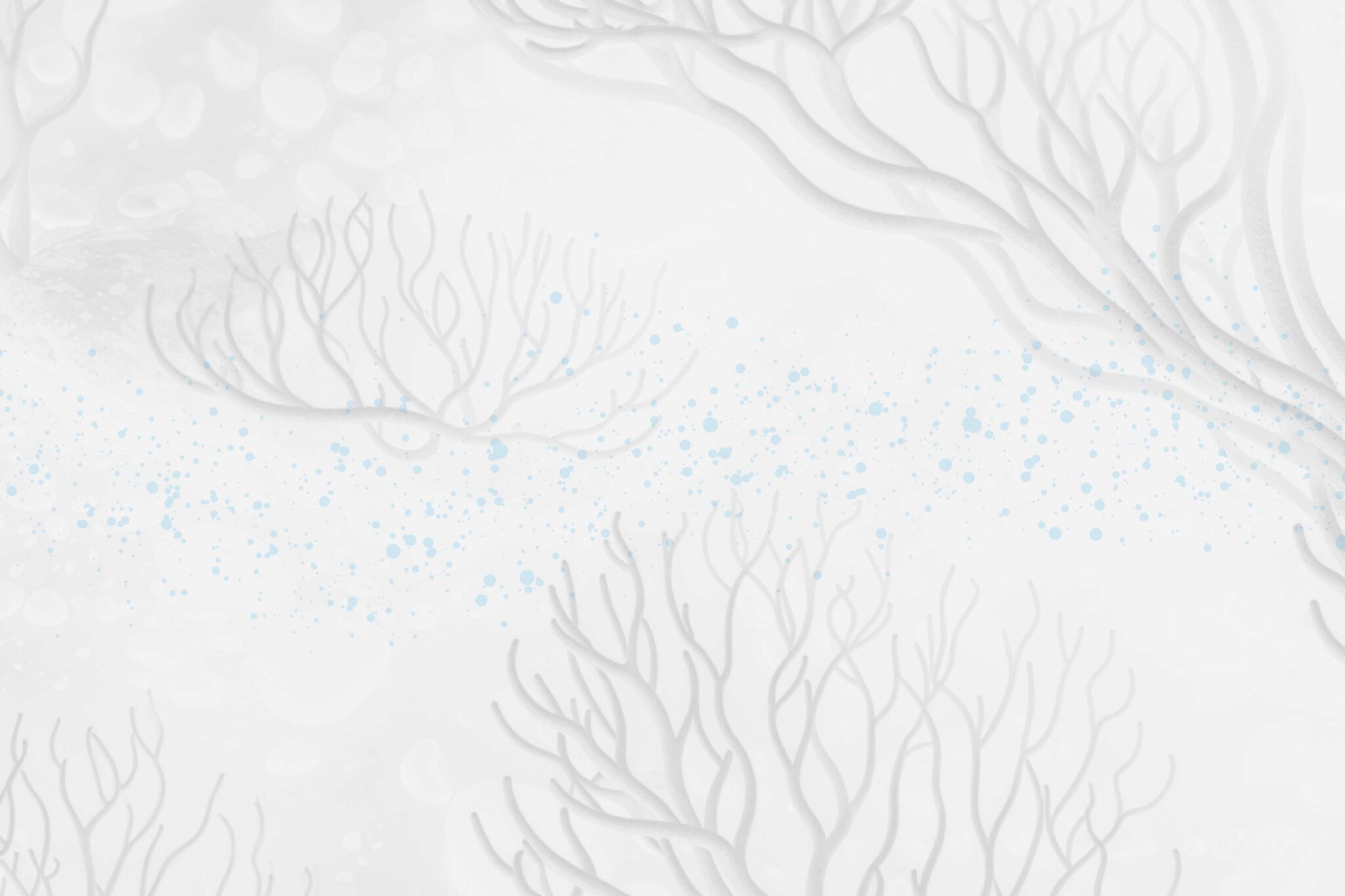
The team behind the project


Sina Starmans
starmans@eomap.deUse case lead
Macroplastic Monitoring for Public Awareness
Mucilage Detection & Alert
Water Quality Monitoring for Underwater Activities


